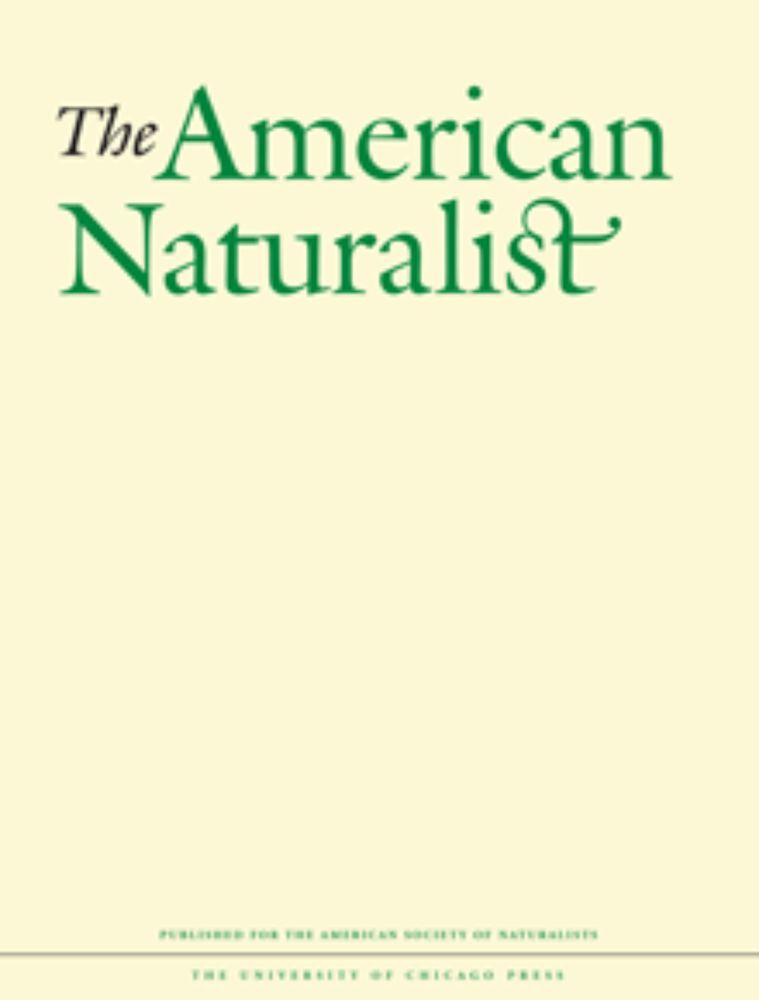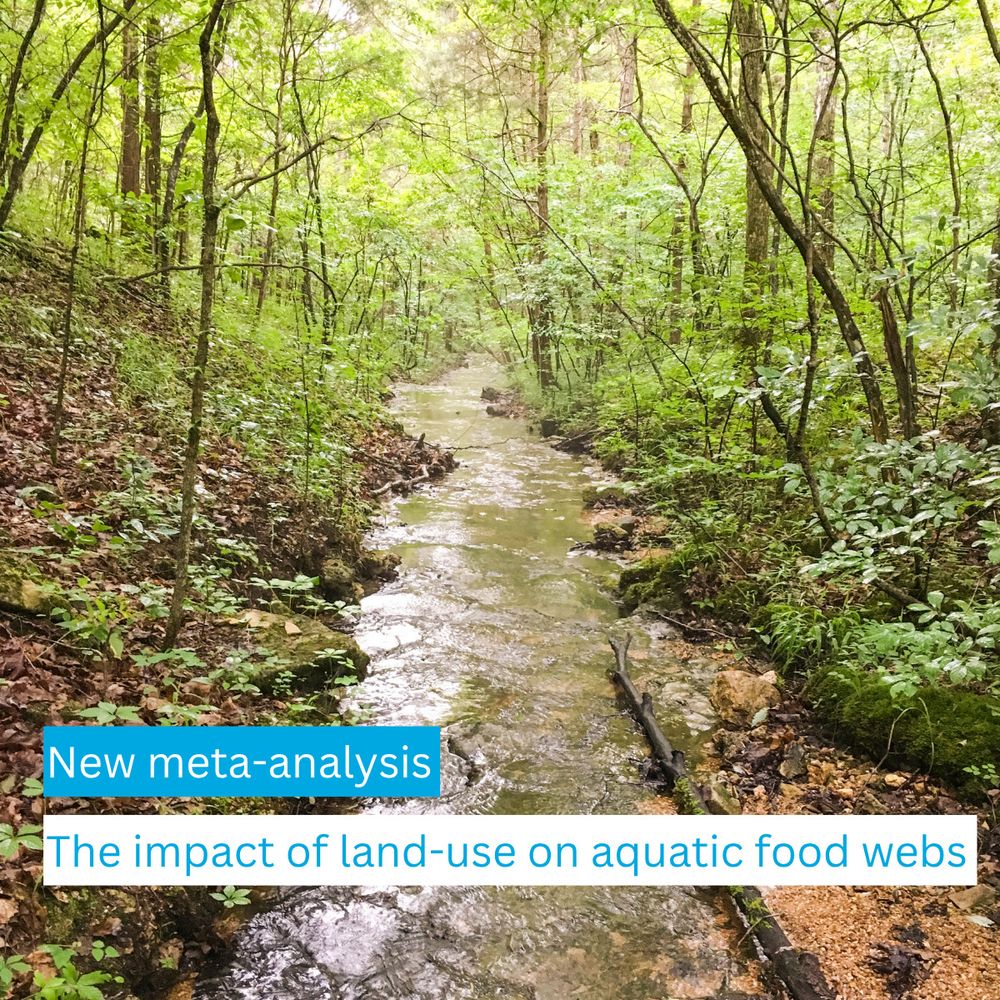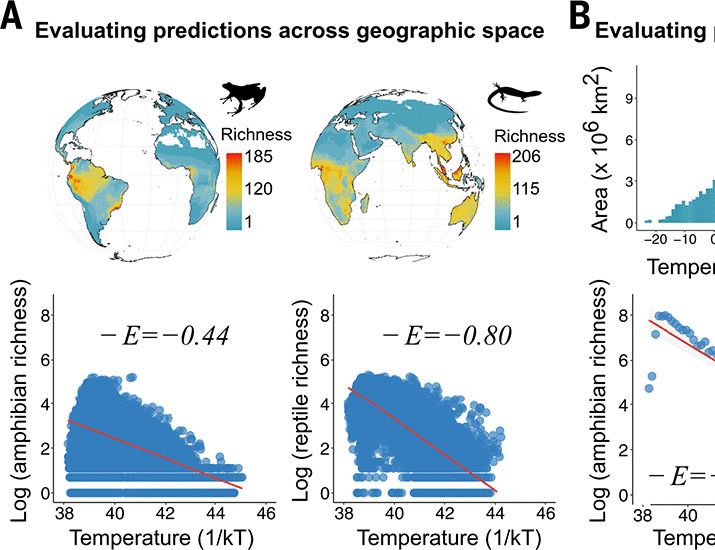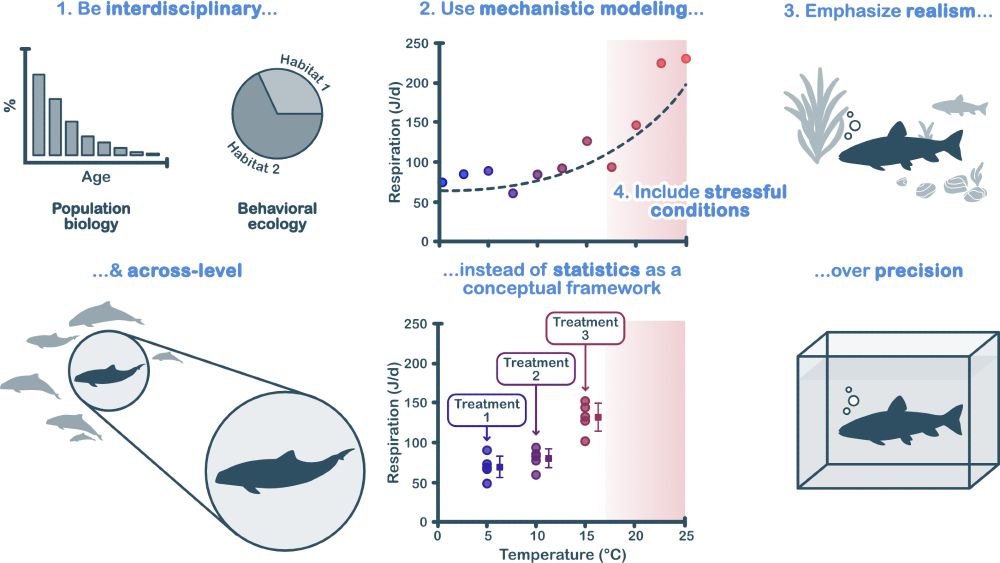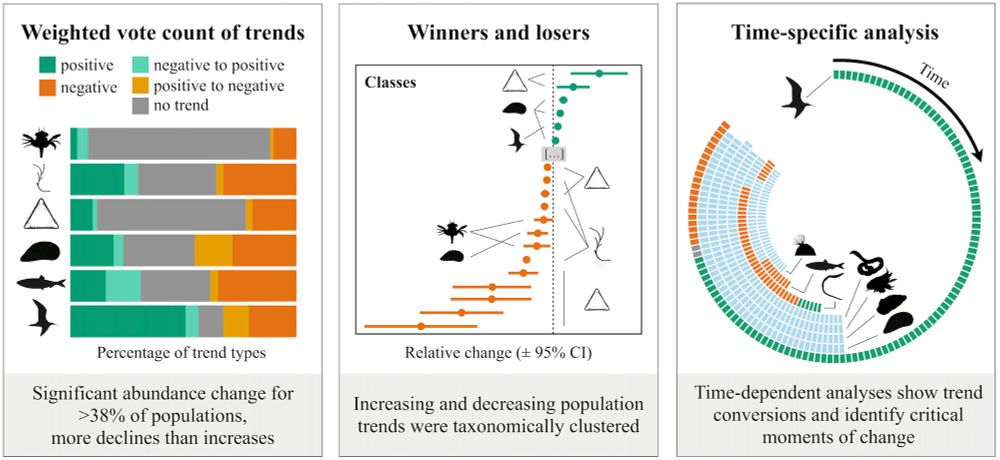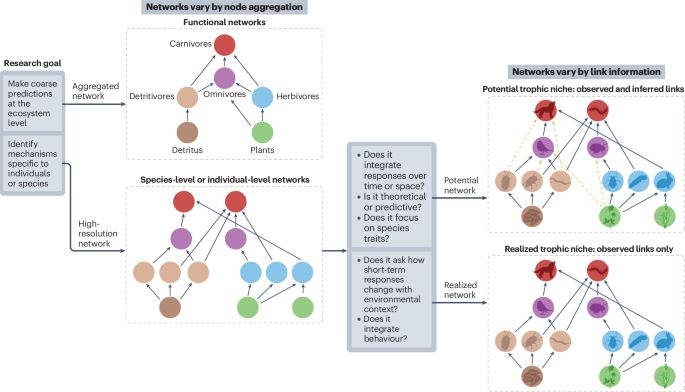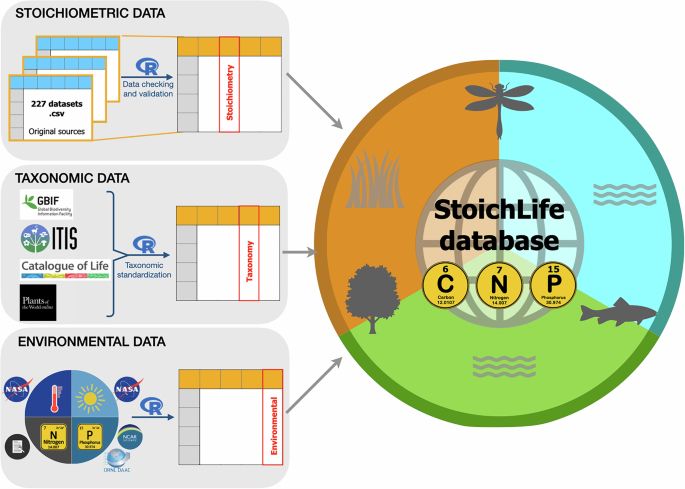Posts
Media
Videos
Starter Packs
Reposted by Benoit Gauzens
Reposted by Benoit Gauzens
Reposted by Benoit Gauzens
Reposted by Benoit Gauzens
Reposted by Benoit Gauzens
Reposted by Benoit Gauzens
Reposted by Benoit Gauzens
Reposted by Benoit Gauzens
Reposted by Benoit Gauzens
Benoit Gauzens
@bgauzens.bsky.social
· Jun 16
Reposted by Benoit Gauzens
Reposted by Benoit Gauzens
Nature
@nature.com
· Jun 10
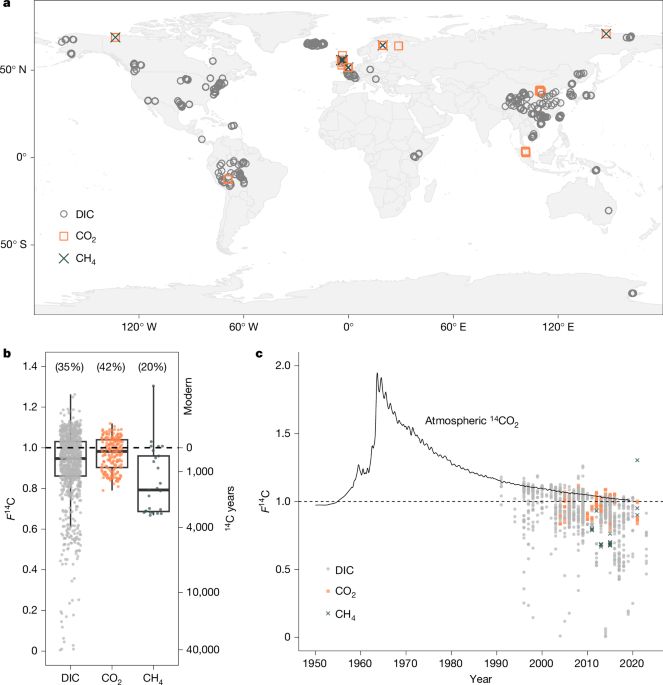
Old carbon routed from land to the atmosphere by global river systems - Nature
Using a global database of the radiocarbon content of rivers combining new and published measurements, isotopic mass balance suggests that about 60% of river CO2 emissions are derived from millennial or older carbon sources.
go.nature.com
Reposted by Benoit Gauzens
Paul Savary
@psavary.bsky.social
· Oct 6
Reposted by Benoit Gauzens
Reposted by Benoit Gauzens
Laura Dee
@lauradee.bsky.social
· Mar 5

Quantifying disturbance effects on ecosystem services in a changing climate - Nature Ecology & Evolution
A generalizable, functional-trait-based approach for quantifying the effects of disturbances to ecosystem services and economic outcomes, including under climate change, highlights the need for incorp...
www.nature.com






